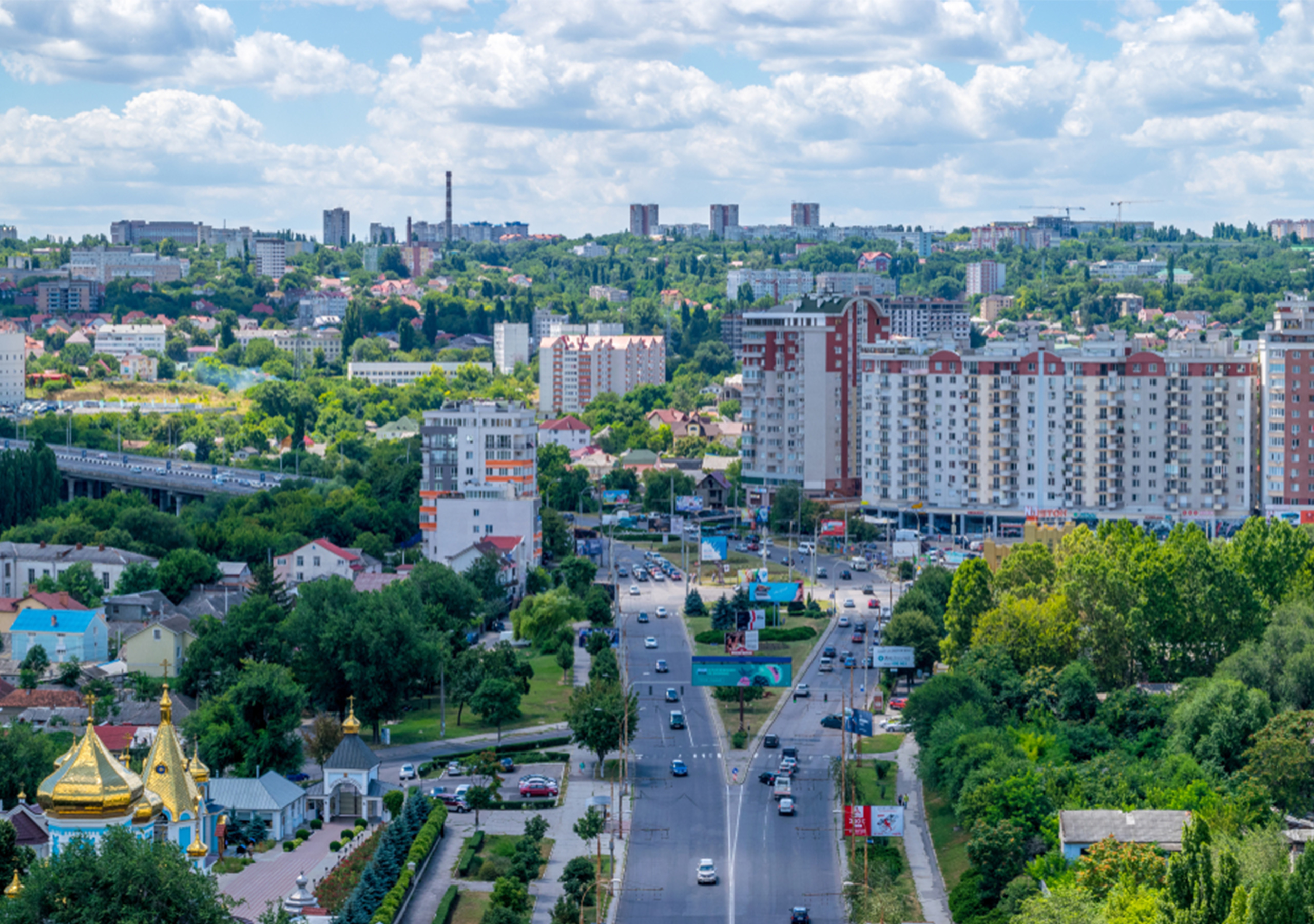
Oxana Pavlova, CNIM, MS
Surgical Neurophysiologist III
July 7, 2017
In the fall of 2016, David Citarrella, SpecialtyCare’s Director of Operations for Intraoperative Neuromonitoring (IONM) in California and Nevada, let me know that an orthopedic surgeon in San Francisco planned to travel to the Republic of Moldova in Eastern Europe on a humanitarian mission. The surgeon, Dr. Dimitriy Kondrashov, had inquired about the use of IONM equipment to monitor spinal procedures during his trip. My first thought was, “What is he going to do with this equipment? It’s not like you just press one button to turn it on, then get a green light if all is good, or a red light if there is a problem.” I reached out directly to Dr. Kondrashov to see if I could help.
 Moldova is a predominantly Russian-speaking, ex-Soviet bloc country with a population of less than four million. Dr. Kondrashov told me that IONM is not used in Moldova and no surgeons there are willing to perform high-risk spinal procedures due to the potential damage to the patient’s spinal cord. Dr. Kondrashov wanted to help these patients when no one else would, even if that meant running the IONM equipment himself.
Moldova is a predominantly Russian-speaking, ex-Soviet bloc country with a population of less than four million. Dr. Kondrashov told me that IONM is not used in Moldova and no surgeons there are willing to perform high-risk spinal procedures due to the potential damage to the patient’s spinal cord. Dr. Kondrashov wanted to help these patients when no one else would, even if that meant running the IONM equipment himself.
With my fluency in the Russian language, a love of travel and adventure, and experience in neuromonitoring, I agreed to make the trip. Dr. Kondrashov shared with me some of the patients’ backgrounds. I was especially touched by the story of a 14-year-old boy with severe idiopathic scoliosis; his spinal deformity was the worst I had seen in my nearly nine years of IONM practice. The young boy was being raised by a single mother who could not afford a trip abroad for the much-needed corrective surgery. Dr. Kondrashov was his only chance of receiving the proper surgical care.
The differences between operating rooms in the U.S. and Moldova are staggering, and while the patients’ families were extremely appreciative of us traveling to the capital city of Chişinău, the same could not be said about the hospital’s administration. The unfortunate reality of the situation was that hospital politics and red tape were getting in the way of patient care. Several cases were canceled or delayed. The communication was very poor and we spent long periods of time waiting in hospital corridors while they decided the fate of patients in closed-door meetings. Ultimately, the 14-year-old boy’s scoliosis surgery was eventually approved.
 On the day of the surgery, we arrived at the hospital at 7:00 am to learn that some of the boy’s lab work was missing and needed to be completed prior to the surgery. After a five-hour wait (during which I was unexpectedly locked in an administrator’s office for a short period of time), the final approval for surgery was given and we were able to start the procedure. There were numerous challenges facing the surgical team, including the need to keep a constant watch on random visitors (including surgical residents) who showed little regard for the sterile field and kept touching sterile-draped equipment.
On the day of the surgery, we arrived at the hospital at 7:00 am to learn that some of the boy’s lab work was missing and needed to be completed prior to the surgery. After a five-hour wait (during which I was unexpectedly locked in an administrator’s office for a short period of time), the final approval for surgery was given and we were able to start the procedure. There were numerous challenges facing the surgical team, including the need to keep a constant watch on random visitors (including surgical residents) who showed little regard for the sterile field and kept touching sterile-draped equipment.
Not once did Dr. Kondrashov lose his temper or let his frustration impede his progress. The surgeons made do with what was available and never let the numerous impediments stand in their way. They even had to file down a few screws to make them fit properly. I was able to provide the crucial neuromonitoring during the corrective portion of the procedure so that Dr. Kondrashov knew the boy was safe.
The surgery took about 14 hours to complete; it took a lot of effective communication and creativity for the surgical team to get it done. The surgery was successful overall and the boy has a whole new life ahead of him now. Dr. Kondrashov’s talent and patience are noteworthy, and I am proud to have been able to assist him in his mission.
LEARN MORE ABOUT IONM
###
Editor’s note: Special thanks to David Citarrella, R.EP T., CNIM, Rebecca Solomon, PhD, CNIM, Clinical Manager for the Greater Lake Tahoe Region, and Brett Burrell, JD, MBA, CHC, CHPC, Chief Compliance Officer, for their assistance with this blog.



Comments are closed.